Detailed content
Technical Specifications
- Model: Bently 330180-91-05
- Type: Vibration Sensor (Accelerometer)
- Measurement Range: This model is designed to measure vibration acceleration. While specific range details can vary, it typically accommodates a broad spectrum suitable for industrial applications. The exact measurement range should be confirmed from the product datasheet.
- Output Signal: Provides an analog output, often configured as a 4-20 mA current loop signal, which is a standard output for industrial vibration monitoring systems.
- Sensitivity: Sensitivity is specified in units such as mV/g (millivolts per gravitational acceleration). The precise sensitivity value should be referenced in the datasheet.
- Frequency Response: Capable of measuring a wide frequency range to cover various vibration monitoring needs. The exact frequency response characteristics are detailed in the datasheet.
- Operating Temperature Range: Typically operates effectively within a wide temperature range, such as -40°C to +85°C (-40°F to +185°F), ensuring functionality across diverse environmental conditions.
- Protection Rating: Usually has a high protection rating, such as IP67, indicating resistance to dust ingress and temporary water immersion.
Features
- High Precision: Provides accurate measurements of vibration, which is essential for detecting minor changes and potential issues in machinery.
- Durable Construction: Designed to endure harsh industrial environments, ensuring long-term reliability and performance.
- Stable Operation: Offers consistent performance over time, which is critical for reliable monitoring and analysis.
- Compatibility: Easily integrates with various vibration monitoring systems, allowing for straightforward incorporation into existing setups.
Application Scenarios
- Machinery Condition Monitoring: Ideal for monitoring the health of rotating equipment such as motors, pumps, compressors, and turbines. The sensor assists in the early detection of mechanical issues through vibration analysis.
- Predictive Maintenance: Supports predictive maintenance programs by providing detailed vibration data to forecast potential equipment failures before they occur, thereby reducing downtime and maintenance costs.
- Industrial Automation: Employed in automated systems to ensure continuous monitoring of machinery, helping to maintain smooth operation and prevent production disruptions.
- Power Generation and Oil & Gas: Applied in critical industries such as power generation and oil & gas to monitor essential equipment, preventing unexpected failures and maintaining operational efficiency and safety.
Usage Considerations
- Installation: Proper installation is essential to obtain accurate measurements. Ensure that the sensor is mounted in an optimal position to effectively measure relevant vibrations.
- Calibration: Regular calibration is necessary to maintain the sensor’s accuracy and performance over time.
- Maintenance: Routine inspection and maintenance are important to ensure the sensor remains functional and to address any potential issues promptly.

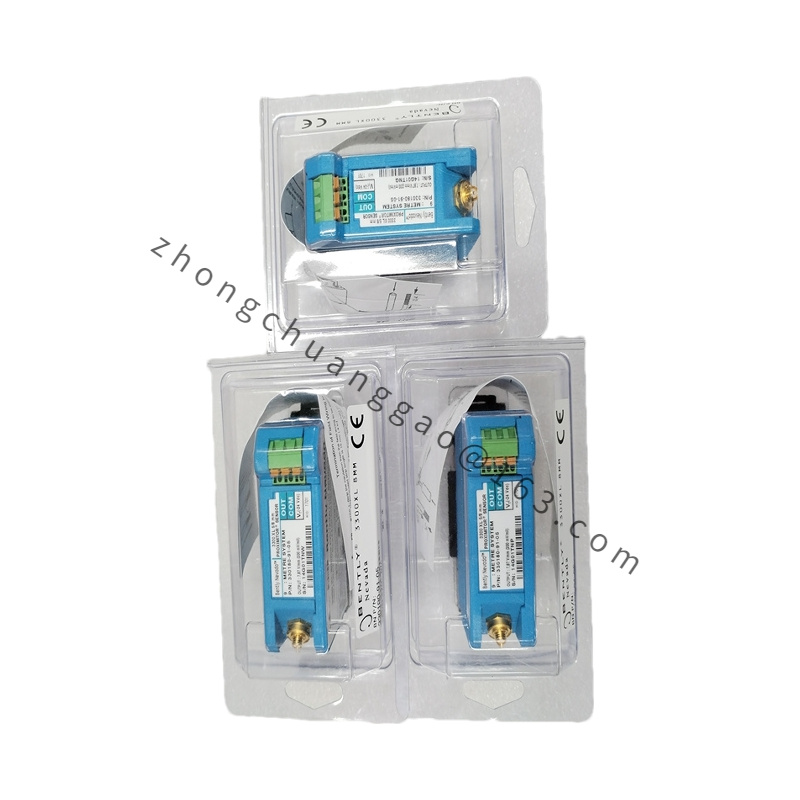
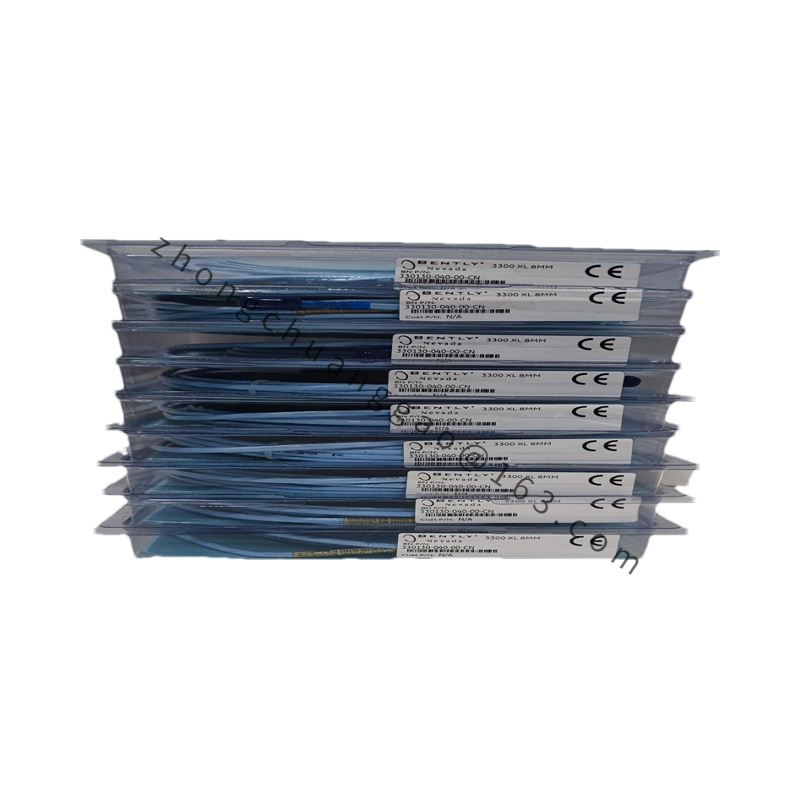
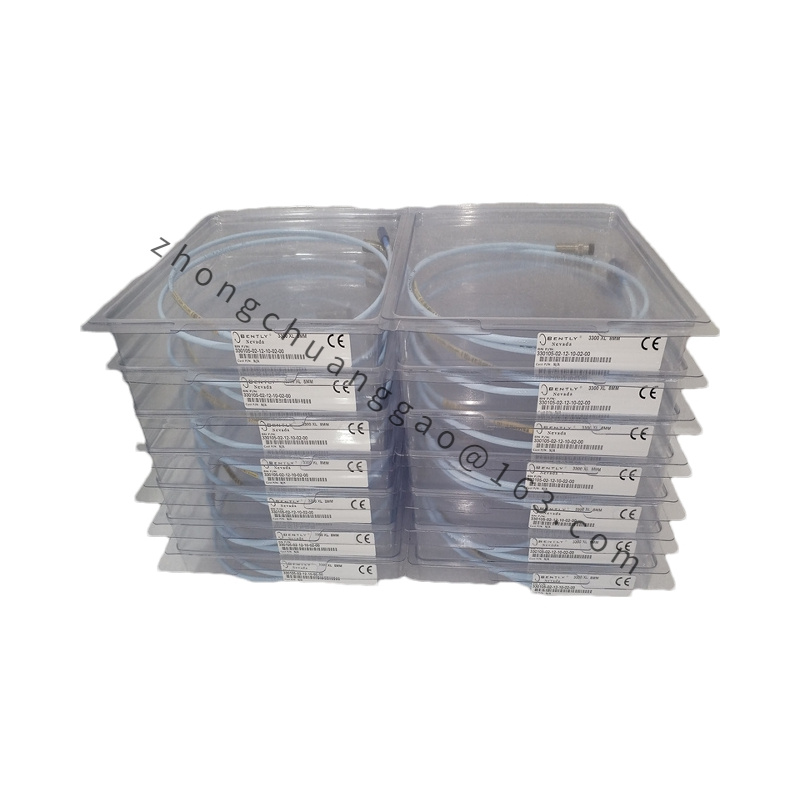
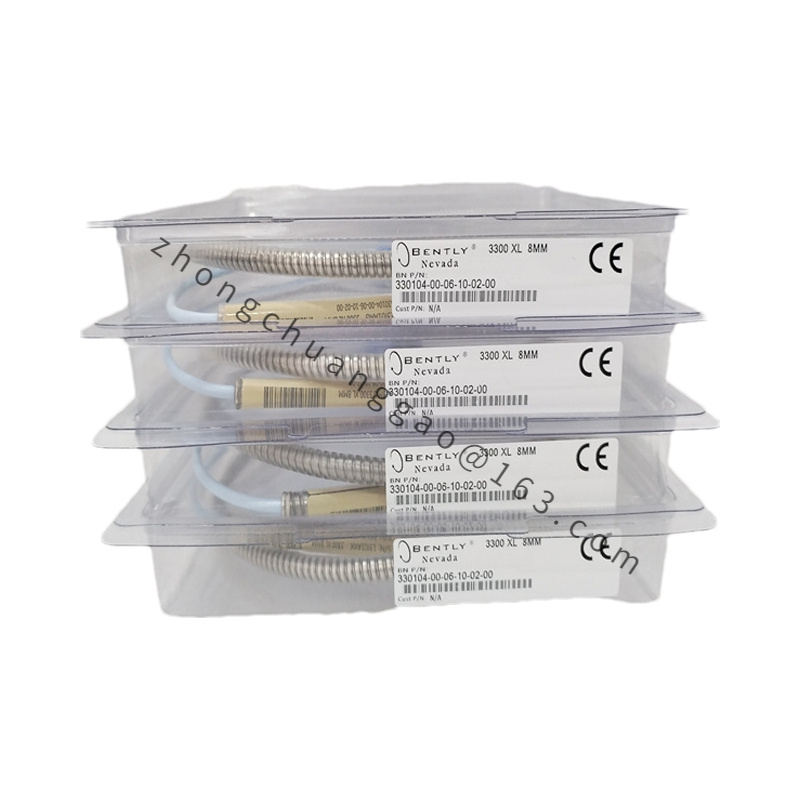
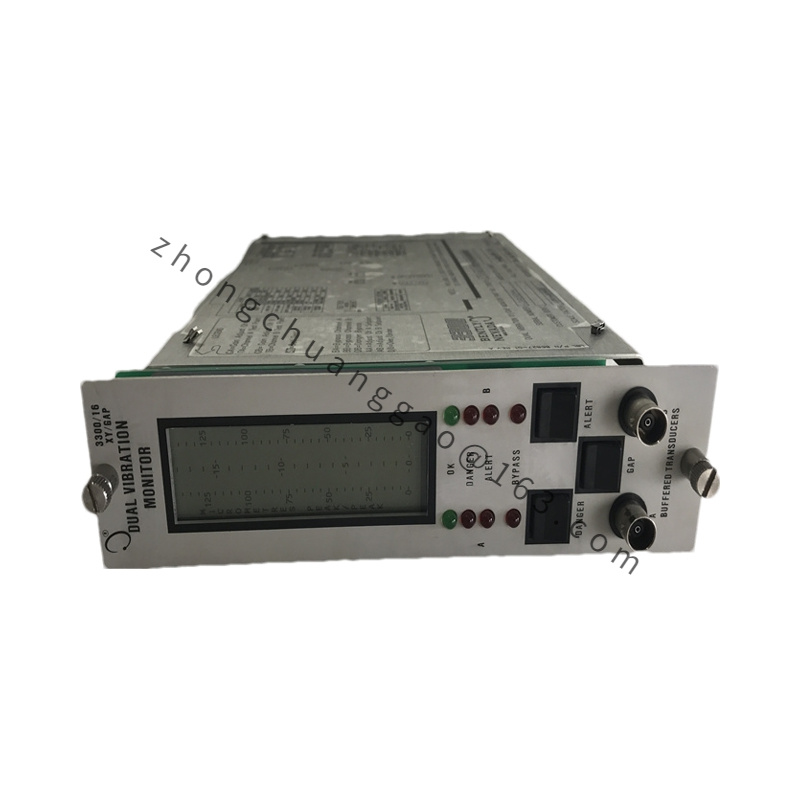

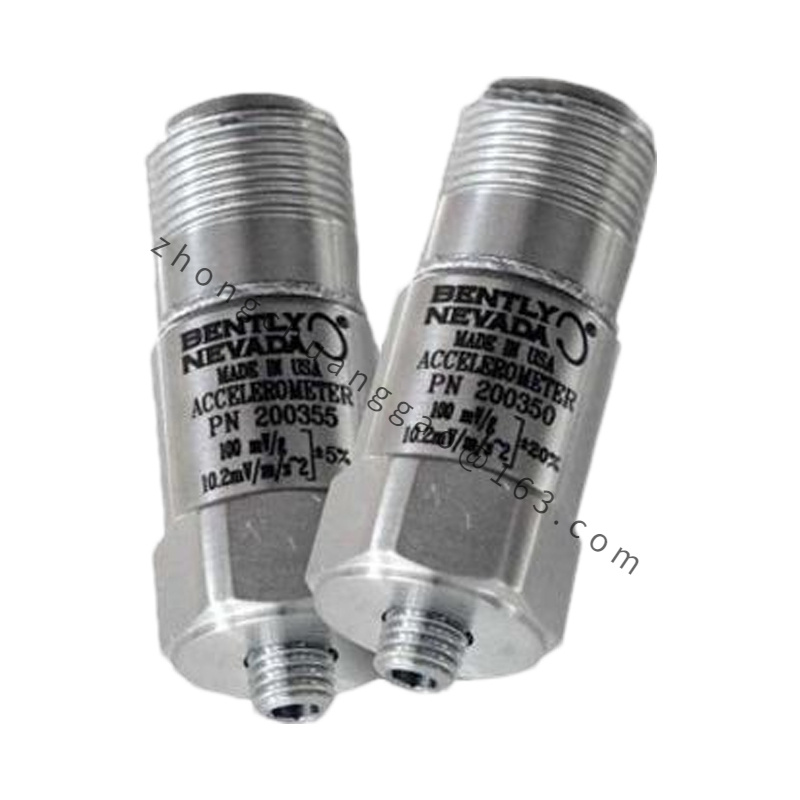
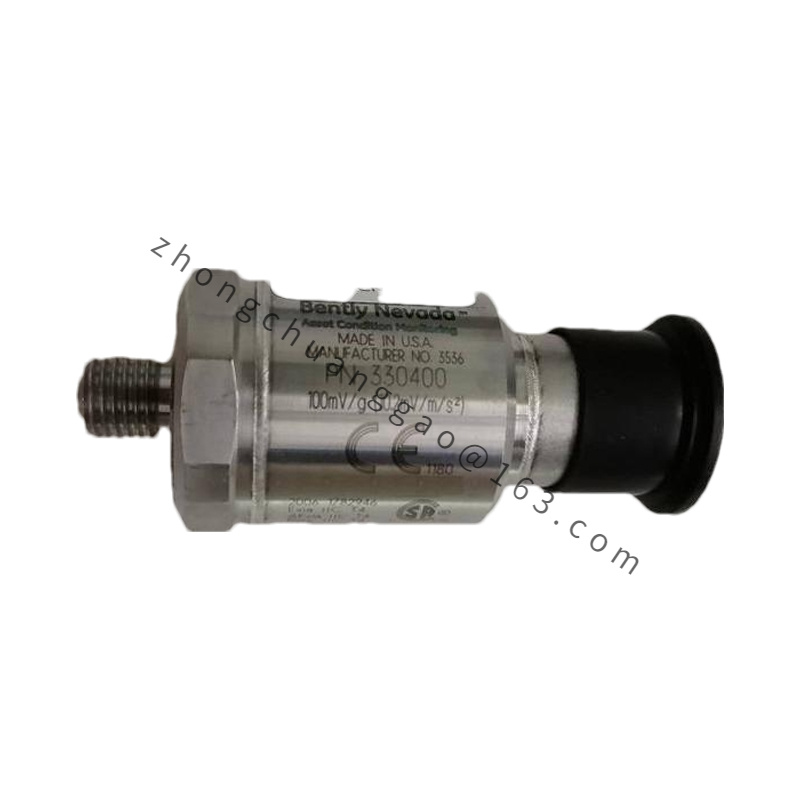
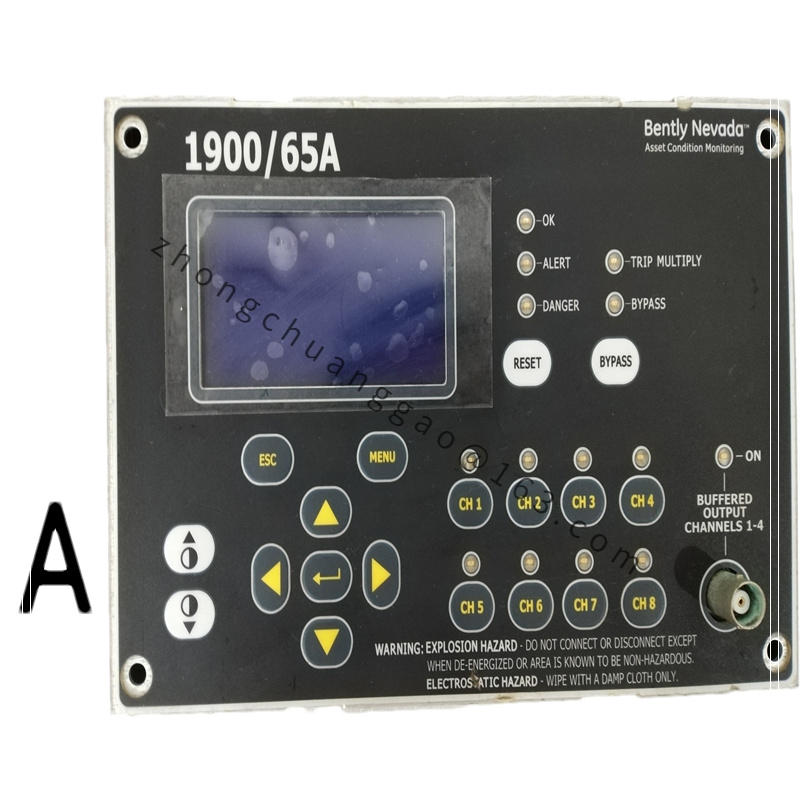
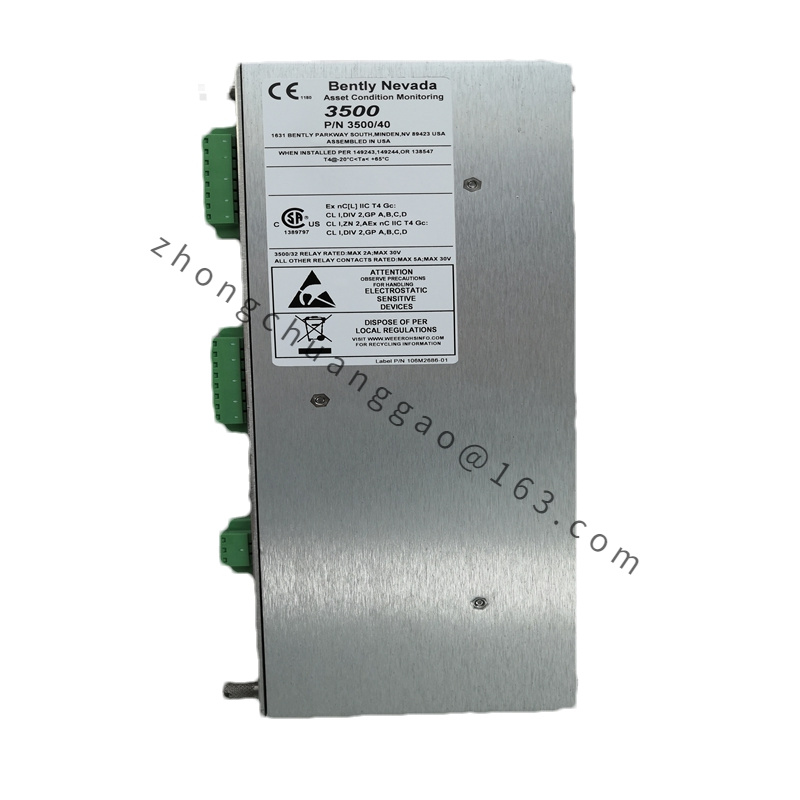
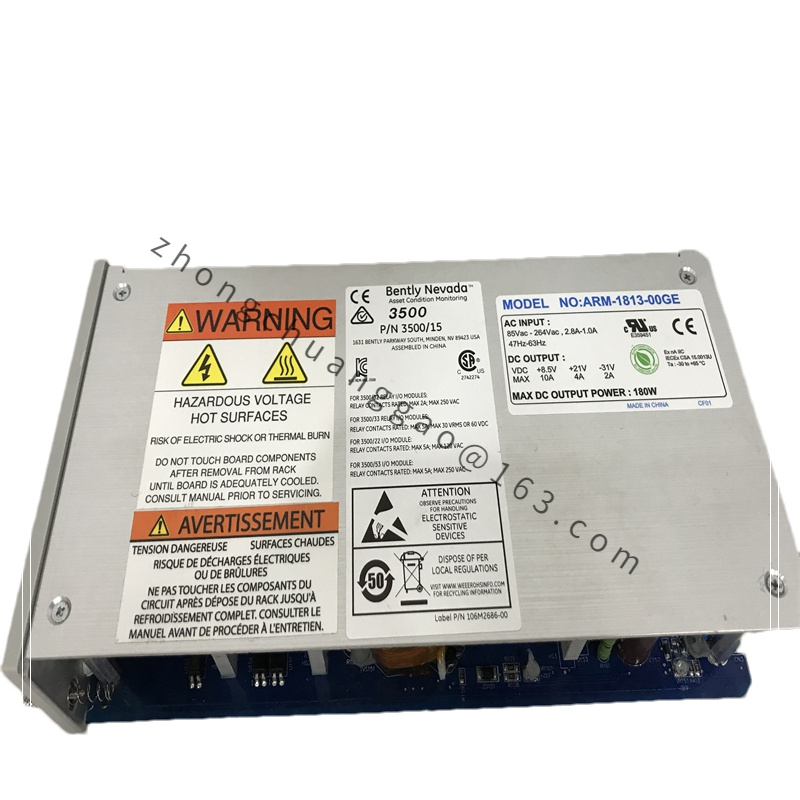

.jpg)